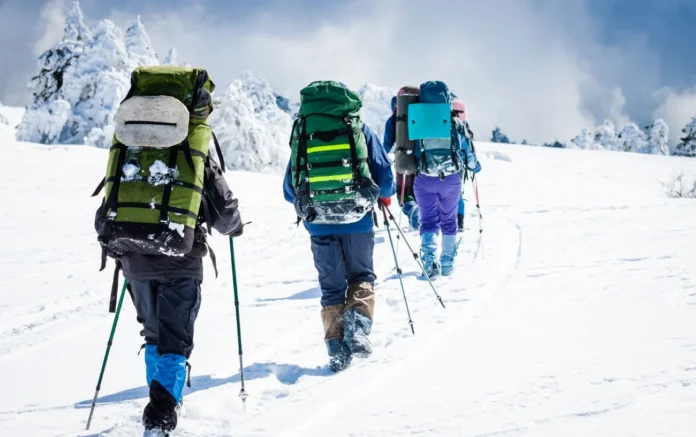wasim
In 2025, hiking has gained even more popularity across the UK, especially in upland and mountainous areas such as the Scottish Highlands, Snowdonia, and the Lake District. While the UK doesn’t have extremely high-altitude trails like the Alps or Himalayas, elevation still matters—especially when trekking peaks over 3,000 ft (900+ m) where weather, oxygen levels, and endurance can still be challenging.
Here’s a complete beginner’s guide tailored for hiking in the UK’s high-altitude zones:
🧭 1. Prepare in Advance
- Start light hiking locally to build stamina.
- Train with elevation—try stair climbs, hill walks, or use incline treadmills.
- Practice hikes in changing UK weather.
🏕️ 2. Choose Your Route Wisely
Popular UK high-altitude routes include:
- Ben Nevis (Scotland) – UK’s highest peak.
- Snowdon/Yr Wyddfa (Wales) – multiple ascent paths.
- Scafell Pike (England) – most popular for first-timers.
👉 Choose a trail that suits your fitness level. Use websites like Walking Highlands or AllTrails UK for recent trail updates.
🥾 3. Essential Gear Checklist (UK-specific)
- Waterproof walking boots – crucial due to UK’s wet conditions.
- Breathable base layers + fleece.
- Waterproof jacket and overtrousers (GORE-TEX if possible).
- Map & compass (GPS backup is helpful, but don’t rely only on phones).
- Snacks & hydration – pack energy bars, nuts, and at least 2L of water.
- Torch/headlamp – in case weather delays return.
- Hat, gloves, neck gaiter – even in summer.
🌦️ 4. Check UK Mountain Weather
Use:
- Mountain Weather Information Service (MWIS)
- Met Office Mountain Forecast
Check for:
- Wind speeds
- Rain
- Temperature drops
- Visibility
👉 UK mountains often experience sudden fog or storms—always be prepared to turn back.
🧠 5. Mind Altitude & Fatigue
- While not extreme altitude, you may feel breathless or fatigued at higher elevations due to physical strain + weather.
- Rest often, breathe deeply, and don’t rush.
- Use trekking poles for balance and support.
⛑️ 6. Safety First
- Leave your route plan with someone.
- Hike with a buddy when possible.
- Carry a whistle, first aid kit, emergency blanket.
- Know how to use OS maps and navigate without signal.
🔁 Summary
| Step | What to Do |
|---|---|
| 1 | Train on local hills and build endurance |
| 2 | Pick beginner-friendly peaks like Snowdon or Scafell Pike |
| 3 | Gear up with waterproofs, boots, and navigation tools |
| 4 | Always check weather from MWIS or Met Office |
| 5 | Pace yourself and stay hydrated |
| 6 | Prioritise safety, even if it means turning back |
